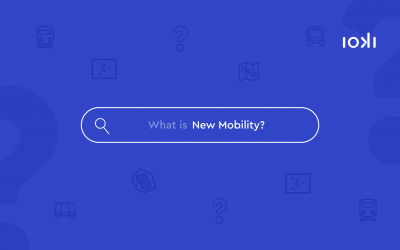In the lowest level, the driver is responsible for driving the vehicle and must always keep an eye on traffic and the surroundings. Assistance systems such as cruise control, the automatic lane departure warning system or a distance assistant help the driver to drive safely. This stage is also called assisted driving.
Level 2: Partial Driving Automation
In the second stage, further technical support is added, which the vehicle can partially carry out itself. For this purpose, different systems are combined, such as the lane departure warning system and the distance control system. The driver is always still responsible for the vehicle and its movements and must monitor them. Steering assistants and parking aids are classic tasks that fall under level 2 partial driving automation.
Level 3: Conditional Driving Automation
In the first two stages, the driver must keep an eye on traffic, but in the third stage, the technology in the vehicle temporarily takes over this task. In certain situations, the driver can devote his or her attention to things other than driving but is required to take over the wheel when called upon. When and under what conditions this takes place is determined by the vehicle’s manufacturer beforehand.
Level 4: High Driving Automation
In high driving automation, the driver becomes a passenger. At times, complete control of the vehicle can be relinquished; during this time, car occupants can, for example, sleep, read or converse without concentrating on the surroundings. This state is only possible in certain driving modes, such as on the motorway or in a car park. The technology is so advanced that the vehicle recognises emergency situations in time and acts accordingly. Human intervention is still possible if pedals or a steering wheel are installed.
Level 5: Full Driving Automation
In the top category, level 5, we come to actual autonomous driving. The vehicle drives completely autonomously, without the intervention of a human. Built-in sensors and artificial intelligence carry out all decisions – independently and in all traffic situations. The vehicle’s software assumes complete responsibility and there is no longer any need to rely on a human driver. The driver can and must no longer intervene, partly because neither steering wheel nor pedals are installed.
If you want to know more about driving automation systems, please check out the “Levels of Driving Automation” Standard for Self-Driving Vehicles of SAE International here.
* Bitkom (2021): Wachsendes Vertrauen in autonome Fahrzeuge, Link: https://www.bitkom.org/Presse/Presseinformation/Wachsendes-Vertrauen-autonome-Fahrzeuge



